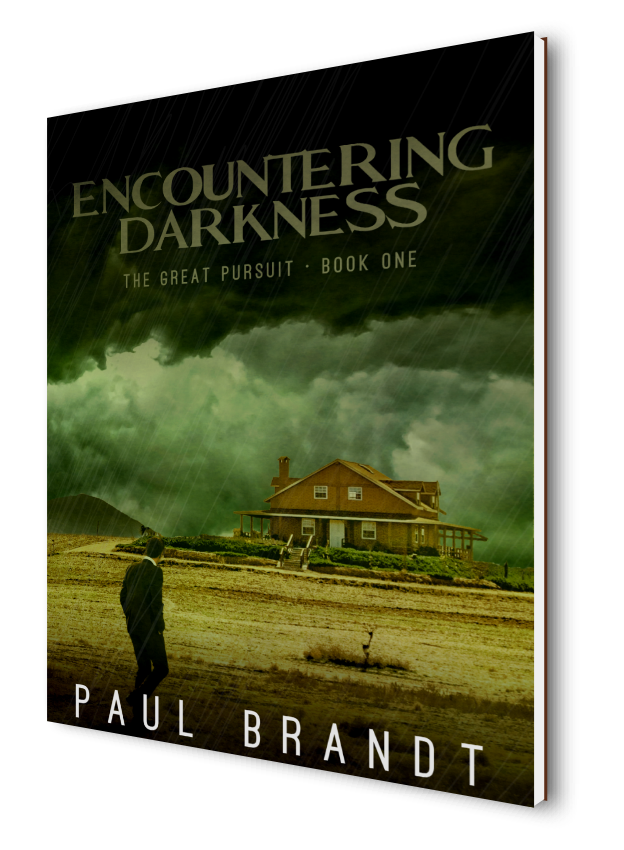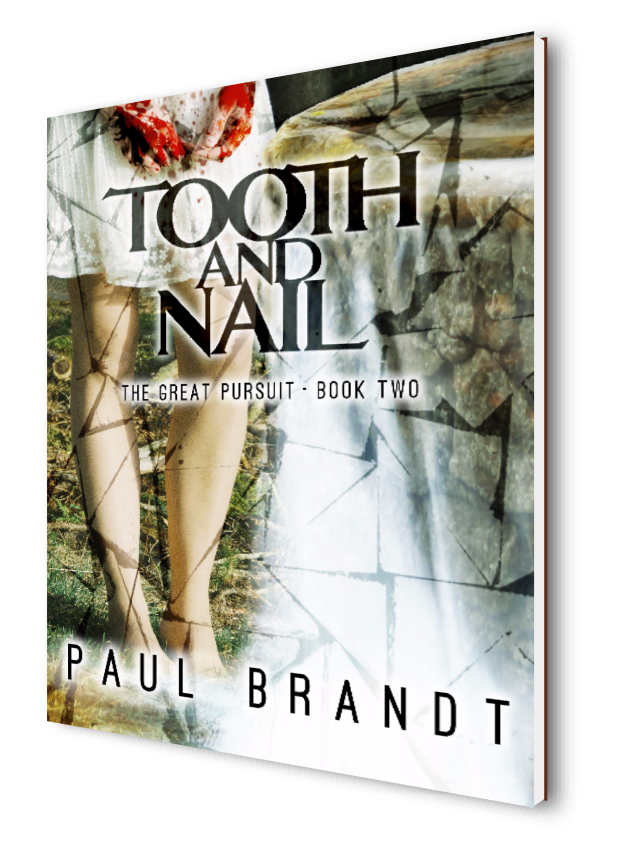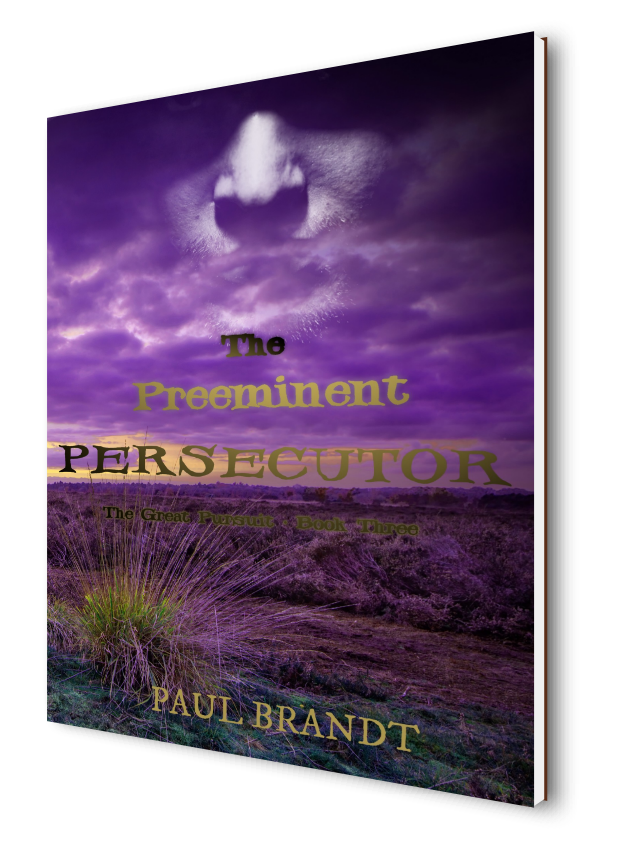Ernest Hemingway, a master of writing in the iceberg theory style, created seemingly simple stories, but with a lot of depth.
What is the iceberg theory?
If you Google a picture of the iceberg, you will realize most of an iceberg is beneath the surface. In fact, about 10% of an iceberg shows. Only a small percentage of an iceberg is visible above the water and the rest is hidden. In the same way, the iceberg theory is a literary style in which the stories deeper meaning should not be clear on the surface. Instead of understanding books meaning by what’s given on a page, the deeper meaning is understood indirectly. When Hemingway used the iceberg theory, he would omit what a book was about. He believed if he omitted, he created a stronger story. It’s important to note, Hemingway would omit parts of a story on purpose. He did not create deeper meanings to the stories on accident. But, when a reader understood the omitted parts, they would gather the deeper meaning of the story Hemingway tried to get across.
On this matter Ernest Hemingway said:
If a writer of prose knows enough of what he is writing about he may omit things that he knows and the reader, if the writer is writing truly enough, will have a feeling of those things as strongly as though the writer had stated them. The dignity of movement of an ice-berg is due to only one-eighth of it being above water. A writer who omits things because he does not know them only makes hollow places in his writing.
What are examples of the iceberg theory?
Without giving away the meaning of the stories, I’ll give a couple examples.
The best example is Hemingway’s “The Old Man and the Sea” which follows an old man and his attempt to catch a fish over many days. The character Santiago, although failing at first, is persistent and endures in his attempt to catch a fish. He brings home a large marlin, but sharks chase Santiago and his boat. The sharks even up eating the marlin and leaving only a skeleton of the fish.
Another example is “Encountering Darkness” where the main character Pete struggles to cope with his house which perpetually smells. Pete cannot rid his house of the stench although he continues to try cleaning. In the second book of the series, “Tooth and Nail,” Amy has the same experience with her home. As well, she has a discussion with someone (or something) about how she has cleaned her home, but her home is still dirty.














I learned something new. Thanks for educating me